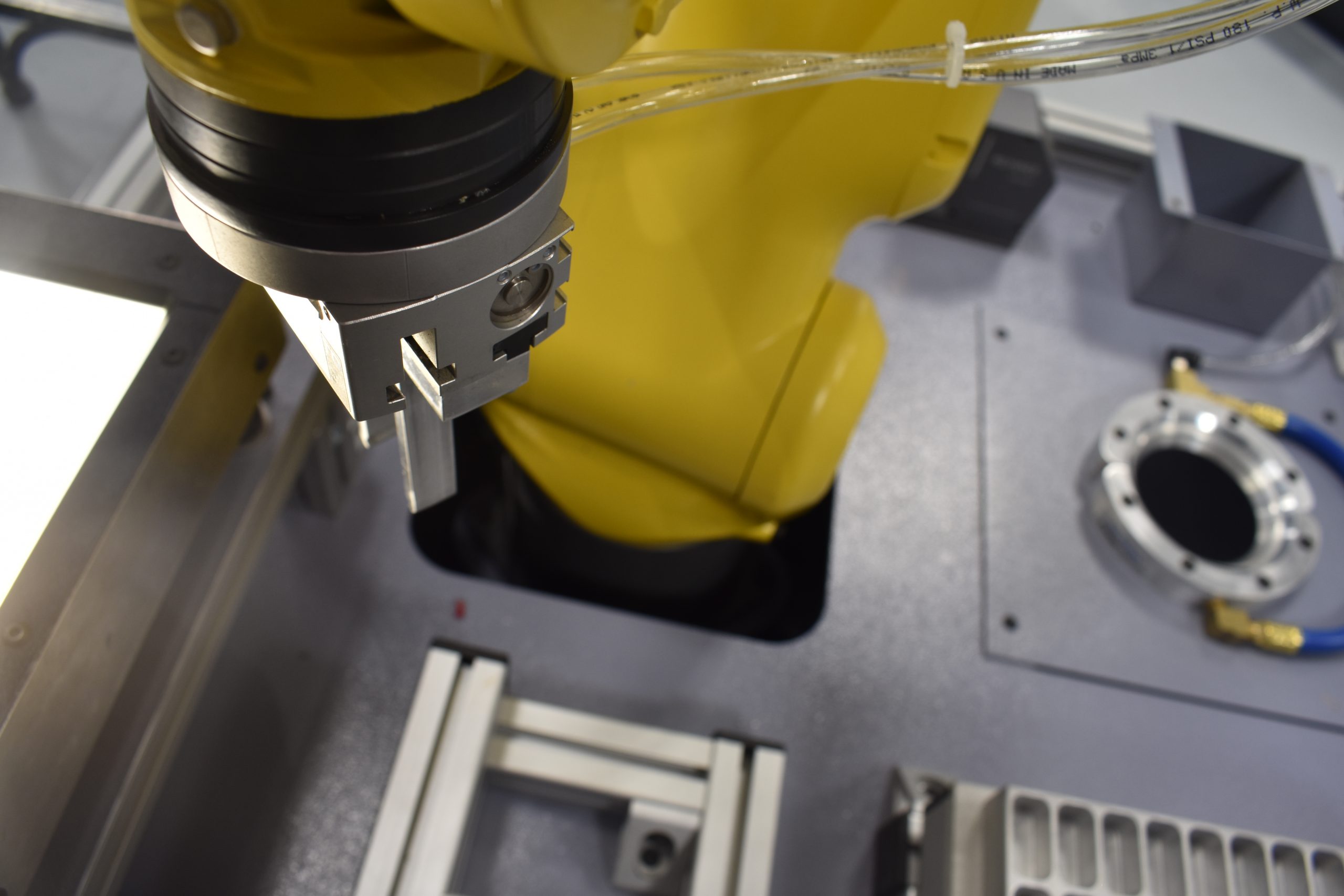 We get asked all the time regarding about the work we are doing with manufacturers. Why should a manufacturer potentially partner with us on automation? Robots are safer. They are more reliable. They are more ethical than using exploited labor overseas. Plus, they’re incredibly cost-effective, often delivering return on investment (ROI) in 12 months or less. That is a game-changer in an industry relentlessly driven by cost reduction and plagued by slow-drip evolution.
We get asked all the time regarding about the work we are doing with manufacturers. Why should a manufacturer potentially partner with us on automation? Robots are safer. They are more reliable. They are more ethical than using exploited labor overseas. Plus, they’re incredibly cost-effective, often delivering return on investment (ROI) in 12 months or less. That is a game-changer in an industry relentlessly driven by cost reduction and plagued by slow-drip evolution.
Almost one-fifth of the time spent in US workplaces involves performing physical activities or operating machinery in a predictable environment in a predictable set of movements: workers carry out specific actions in well-known settings where changes are relatively easy to anticipate. Through the adaptation and adoption of currently available technologies, these are the most susceptible to automation based on technical considerations alone.
Machine Tending
One of the main benefits of robotic machine tending is the drastically improved uptime when compared to manual loading and unloading. The only time the robot needs to stop is for regular maintenance, meaning the productivity of the machine being tended is not limited by manual labor. This gain in uptime leads to major productivity gains by boosting throughput.
On top of the increased uptime, robotic machine tending systems are more accurate and repeatable than manual loading and unloading. Not only can this increase the quality of parts produced, but it can reduce the amount of error in the machining process, maximizing throughput and minimizing wasted materials and time.
Inspection
In many manufacturing environments, the need for accurate and reliable inspections can make these processes a bottleneck in overall production. Industrial robotic inspection work cells also increase throughput by eliminating inspection bottlenecks, allowing other production processes to move forward at full speed.
Often, industrial robotic inspection work cells can be programmed to inspect more than one type of production part. This further expands the benefits of robotic automation to improve overall production throughput.
Industrial robotic inspection work cells are perfectly suited to improve accuracy and throughput in a wide range of industrial inspection applications. Manual processes simply cannot compete with the benefits that industrial robots bring to inspection tasks.
Contact us if you have any questions.
